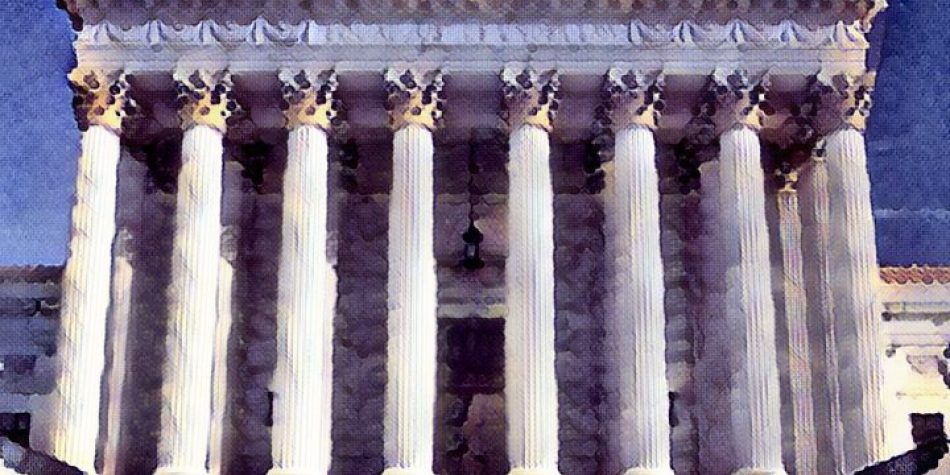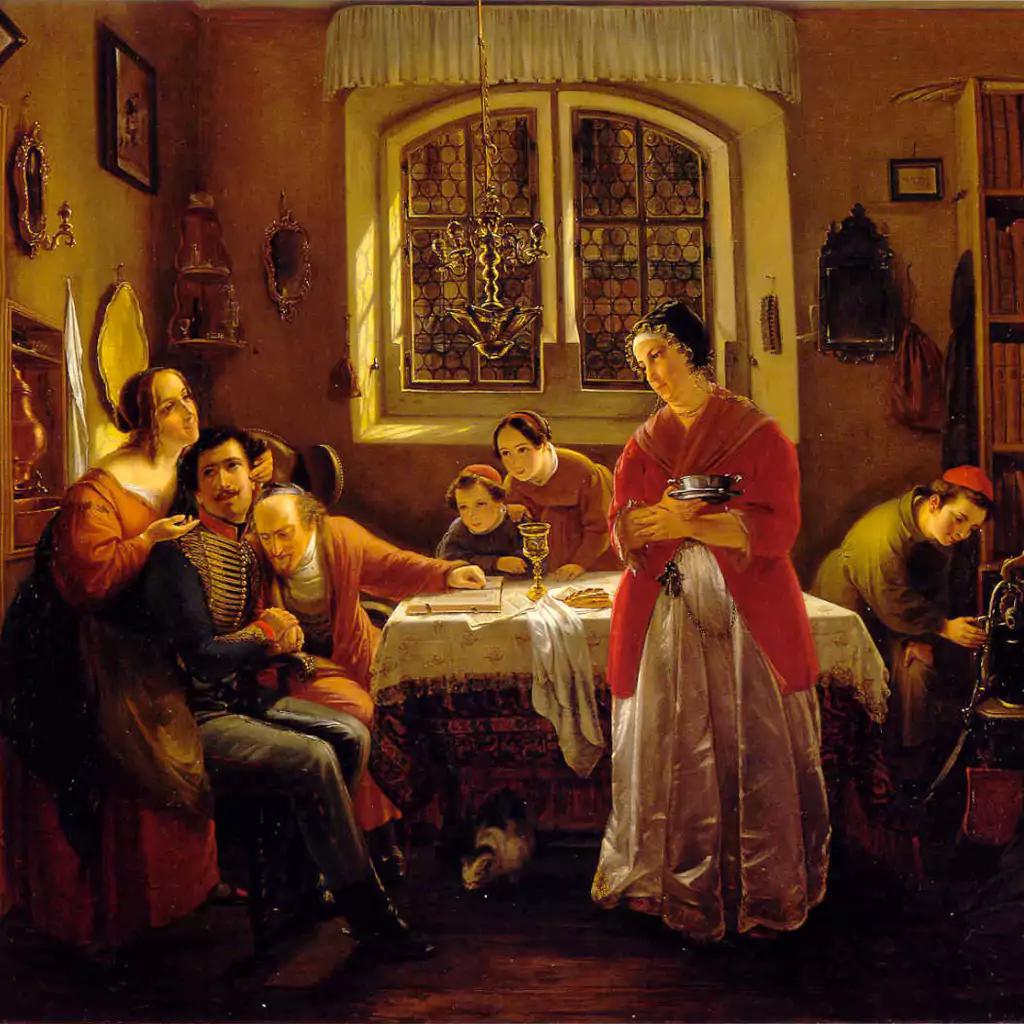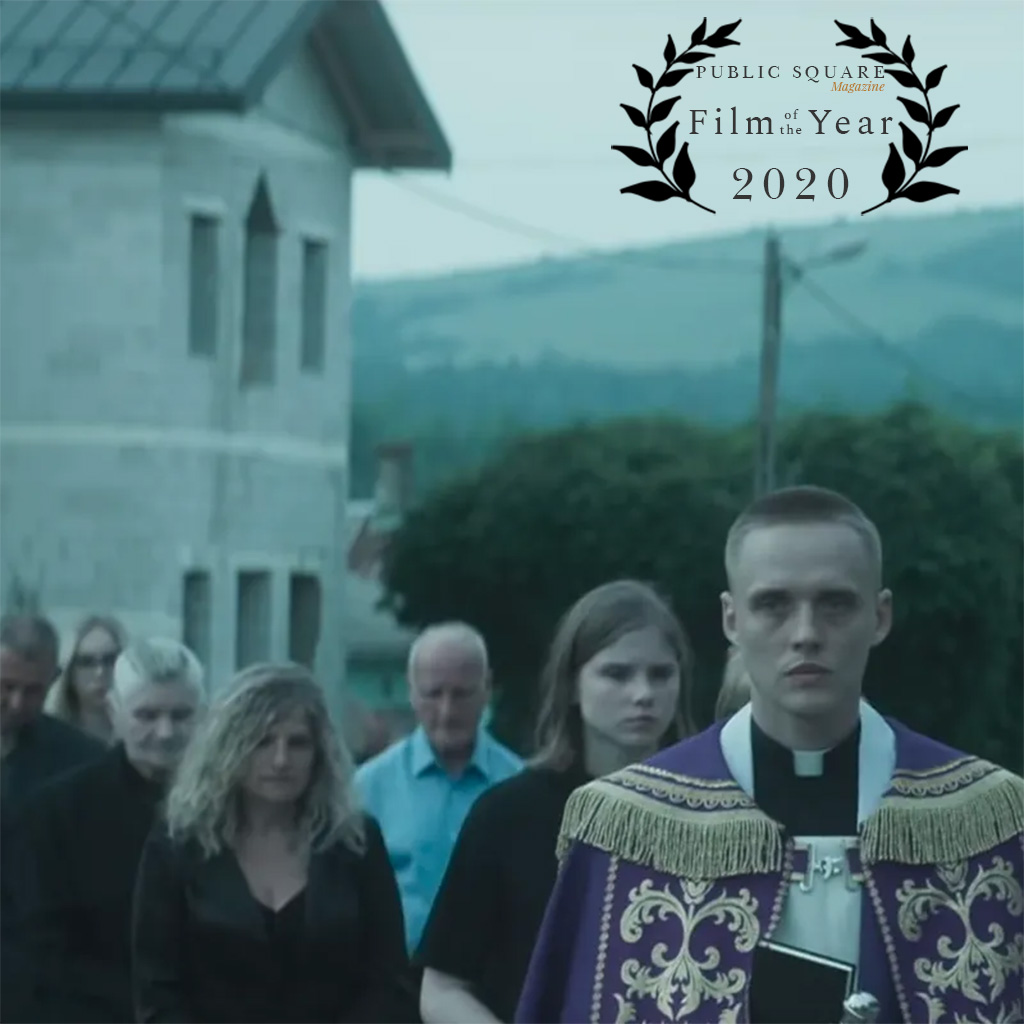Last fall, I sat down with Steven T. Collis, a research fellow at the Constitutional Law Center at Stanford Law School, to speak about his book on religious freedom cases, Deep Conviction.
We spoke about Espinoza v. Montana scheduled for oral arguments this week. In many quarters the case is being framed as the most recent flare up in the culture wars. But the details under debate in the actual case involve considerable additional nuance that most coverage is missing. Below is my conversation with Collis about what makes this case unique, and how far we can reasonably go in picking it apart along the familiar right/left divide.
Christopher Cunningham: Would you give me an overview of what’s happened with the Espinoza case, which some are calling the biggest religious freedom case of the upcoming term?
Steven Collis: In Espinoza, the Montana legislature said, “Hey, we are going to give money across the board to everybody including religious schools.” Then the legislation went from the state legislature to the specific regulatory body that was supposed to implement it and put it into practice.
And that regulatory body paused after looking at the Montana constitution, which has something called a Blaine Amendment. Blaine Amendments were put into a number of state constitutions back in the 1800s to target Catholics—there is no debate about that. They say no money should go to religious institutions, but they were formed from anti-Catholic animus to try to shut down Catholic private schools. So they looked at the state’s Blaine Amendment and they said, “Well the state Constitution and its Blaine amendment says we can’t give money to religious schools, so what the legislature did was wrong here. So, what we’ll do is say the money can’t go to religious schools.”
So now you’ve got this regulatory agency (tasked with implementing this statute), making the decision that the money can’t go to the religious schools. The result was that the state ended up discriminating against religious schools versus nonreligious schools. Then there was a legal challenge, and it went up to the Montana Supreme Court.
What the Montana Supreme Court essentially said was, “Alright look, what the regulators did is probably right under the State constitution and the Blaine Amendment, but they don’t have the authority to undo what the legislature did. So we’re going to reverse the entire program and say that the entire program is null and void.” In reaching that conclusion, the Montana Supreme Court didn’t even ask the question of whether or not the Blaine Amendment—although designed to discriminate against just one religious group—was constitutional under the federal Constitution.
Now the case that’s going up to the US Supreme Court is one where arguably there’s not any discrimination occurring, because right now there’s no program at all.
CC: Several years ago, the Supreme Court heard a case where state funds could go to any public or private playground unless it was owned by a church. This sounds very similar to that. How is this different?
SC: This case is different because of the history I just explained.
In Trinity Lutheran v. Comer (2017), the state as a matter of policy just said look we’re not going to give any kind of support at all to religious schools, even though they’re engaging in arguably the same behaviors as all the others, we’re not going to do it. The question in the case was very clear, so when that went to the Supreme Court, the Supreme Court said, “No, you can’t do that.”
It looks as if Espinoza is the same on the surface, but Espinoza is different because in Montana the legislature, regulators, and court were all saying different things. The religious question was clear in Trinity Lutheran, but this case is also asking different questions. So, this is where scholars are in a heated debate right now.
The question in this case is, was the Montana Supreme Court wrong in how it interpreted the law? Should it have said that the Blaine Amendment violates the Federal Constitution and therefore must be struck down?
Or should the US Supreme Court look at this and say, “Well, after what the Montana Supreme Court did there’s actually no discrimination occurring because there’s no government program in place anymore, and so maybe we shouldn’t have granted cert [agreed to hear the case] in the first place.”
CC: So given the unique details of this case, what could the ramifications of it be?
SC: There are some people out there arguing that this case, because of how this reached the Supreme Court, is a mess and the justices never should have granted cert. And they should do something called “dismiss as improvidently granted,” which is something the Supreme Court will do sometimes. They’ll grant cert in a case and as they look more closely at it, they’ll say, “This case is a morass. Why did we do this?” And they’ll dismiss the case and say, “Nevermind we didn’t want to do that.”
So that’s one option before the court.
The other option before the court is to say, “Look, Montana, you screwed up by not ruling that the Montana Blaine Amendment is unconstitutional. And that’s what you should have done.” But that ruling is a little bit tricky.
CC: Why would ruling on the religious freedom question be tricky?
SC: So what the US Supreme Court could do there, I suppose, is the justices could say, “The Montana Supreme Court erred in that ruling, so we’re going to send this back down to them and force them to look at this case again with the understanding that the Montana Blaine Amendment is unconstitutional.”
If that happens, the Montana Supreme Court would get the case again. I think Montana would then have to look at what the regulators did, and then what the Montana Supreme Court would do is send it back to the regulators, and say, “Listen, regulators, you thought you had to do this because of the Montana constitution but that’s now been struck down, so decide what you’re going to do in light of the change in law.” And then maybe the regulators at that point will decide to just follow what the legislature did in the first place and let the money go to all the schools. Then the discrimination against religious schools would go away.
So the Supreme Court could address whether or not the Blaine Amendment is constitutional, but it would require that tricky legal approach I described.
But because of that procedural history, it’s not as clear as Trinity Lutheran and that’s kind of the problem here. That’s a very complicated path to answering the religious question. It’s not a clean vehicle.
A lot of people might feel like the Supreme Court is almost going out of its way to shoot down one of these Blaine Amendments. And if they do that, they will likely invalidate them in every state where they exist. That will cause an uproar. A whole bunch of people will start claiming that the wall between church and state is crumbling. That’s not true, but that’s what certain very vocal commentators would say if this happened.
Because this case so heavily involves the relationship between the legislators, regulators, and courts in Montana, using it to answer the religious question would feel like the court was being too political, which would upset those opposed to ending the Blaine Amendments.
CC: If it would be politically and legally complicated to strike down the Blaine Amendment, does that mean the court is more likely to uphold the Blaine Amendment?
SC: Not necessarily. Another complication is that the Montana Supreme Court overturned Montana’s entire funding law. So there is not currently discrimination based on religion, because no one is getting funding religious or otherwise.
But if the Montana Supreme Court only overturned the program because of the discriminatory Blaine Amendment, could the US Supreme Court still overturn a ruling that in effect ended discrimination based on religion itself.
The regulators certainly tried to discriminate against religion, and according to the Montana Supreme Court, the legislature could do that again if they wanted to. Would the Supreme Court be okay with there not currently being discrimination, given that the reason for that is the discriminatory Blaine Amendment?
CC: So this case isn’t asking whether or not it’s legal to discriminate against religious schools. That’s assumed. It’s asking whether or not regulators can discriminate against religious schools when the legislature doesn’t give them permission to.
Yes. But if you believe the Montana Supreme Court mistakenly upheld the Blaine Amendment to reach that conclusion, should the Supreme Court just let that stand, or should the Supreme Court correct what the Montana Supreme Court did and then send it back down?
And that’s where I think legal scholars are getting into massive debates here. What iteration of the law is the Supreme Court even ruling one, the version of the law as written by the legislature? The version of the law as implemented by the regulators? Or the fact that the law was overturned by the Montana Supreme Court?
That’s where this case, I think, is actually confusing and quite a mess. It’s not quite as straight-forward as Trinity Lutheran was.
CC: Thank you, Steven, for your time and helping us better understand what’s actually going to be at stake in this case.
SC: Of course
What became clear while talking to Collis about the Espinoza case is that while there may be a ruling on what is putatively a religious freedom question, the religious freedom ramifications will almost certainly be narrow. But that doesn’t mean it won’t have a long-term effect. If the Supreme Court can’t use this case to overturn the Blaine Amendment it may handicap state legislatures that want to provide funding to both public and (all) private schools in their states. Clarifying the relationship between legislatures, regulators, and courts will hopefully provide a way forward for states to address discriminatory Blaine Amendments still left on their books, but this case may not be able to do so by itself.

















